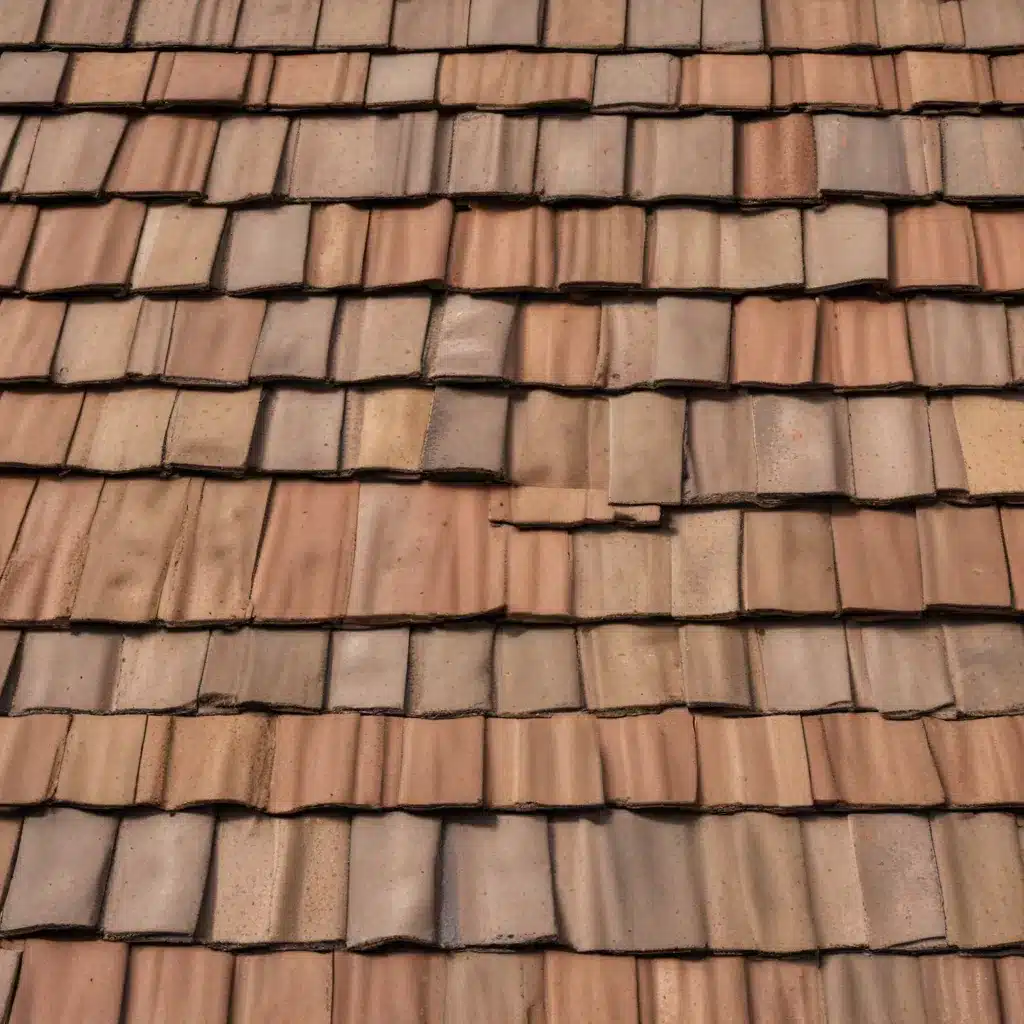
The Emergence of Biomass-Based Alternatives in Roofing
In the ever-evolving world of sustainable construction, the roofing industry has been at the forefront of exploring innovative materials and techniques to reduce environmental impact. One such promising development is the utilization of biomass-derived binders in the production of roofing tiles. These renewable, biodegradable alternatives hold the potential to revolutionize the way we approach roofing, offering enhanced sustainability and thermal efficiency.
Addressing the Limitations of Conventional Roofing Materials
Traditionally, roofing tiles have been manufactured using clay, concrete, or various synthetic materials. While these options have served the industry well, they often fall short in terms of environmental friendliness and thermal performance. Clay tiles, for instance, require energy-intensive firing processes, while concrete tiles contribute to the depletion of natural resources and can have a high carbon footprint. Synthetic roofing materials, on the other hand, may rely on non-renewable petrochemical sources and can be challenging to recycle or dispose of at the end of their lifespan.
Unlocking the Potential of Biomass-Derived Binders
In response to these limitations, researchers and industry leaders have been exploring the use of biomass-derived binders as an alternative for roofing tile production. These binders are typically derived from agricultural or forestry waste, such as plant fibers, agricultural byproducts, or even recycled materials. By harnessing the inherent properties of these renewable resources, the roofing industry can create tiles that are not only more environmentally friendly but also demonstrate improved thermal performance and increased resistance to weathering.
Enhancing Sustainability through Biomass-Derived Binders
One of the primary advantages of incorporating biomass-derived binders in roofing tiles is the enhanced sustainability of the manufacturing process. These binders offer several key benefits:
Renewable and Biodegradable
Biomass-derived binders are inherently renewable, as they are sourced from plant-based or organic materials that can be replenished over time. Unlike fossil-fuel-based materials, these binders are biodegradable, ensuring a more sustainable life cycle for the roofing tiles.
Reduced Carbon Footprint
The production of biomass-derived binders typically has a lower carbon footprint compared to traditional roofing materials. This is because the carbon released during the manufacturing process is often offset by the carbon sequestered during the growth of the biomass feedstock. This circular approach to resource utilization helps mitigate the environmental impact of roofing tile production.
Waste Valorization
Many biomass-derived binders are created from agricultural or forestry waste that would otherwise be discarded or underutilized. By repurposing these waste streams, the roofing industry can contribute to the circular economy, reducing landfill waste and creating value-added products.
Enhancing Thermal Performance with Biomass-Derived Binders
In addition to the sustainability benefits, biomass-derived binders in roofing tiles can also enhance thermal performance, leading to improved energy efficiency and occupant comfort.
Improved Thermal Insulation
Certain biomass-derived binders, such as those derived from plant fibers, can exhibit superior insulating properties compared to traditional roofing materials. This enhanced thermal insulation helps to reduce heat transfer through the roof, leading to lower energy consumption for heating and cooling the building.
Thermal Mass and Thermal Regulation
Some biomass-derived binders can contribute to the thermal mass of roofing tiles, helping to regulate the internal temperature of a building. This thermal buffering effect can smooth out temperature fluctuations, reducing the need for energy-intensive heating and cooling systems.
Adaptability to Climatic Conditions
The unique properties of biomass-derived binders can be tailored to suit different climatic conditions. For example, the composition and structure of the binders can be adjusted to optimize thermal performance in hot or cold regions, ensuring the roofing tiles provide effective insulation and thermal regulation regardless of the local environment.
Overcoming Challenges and Unlocking the Full Potential
While the use of biomass-derived binders in roofing tiles presents numerous advantages, there are also some challenges that must be addressed to unlock the full potential of this innovative approach.
Durability and Long-Term Performance
One of the key concerns with biomass-derived binders is ensuring the long-term durability and weathering resistance of the roofing tiles. Researchers are exploring ways to enhance the mechanical properties, water resistance, and UV stability of these binders to ensure the tiles can withstand the rigors of the outdoor environment.
Scalable and Cost-Effective Manufacturing
As with any new technology, the widespread adoption of biomass-derived binders in roofing tiles will depend on the development of scalable and cost-effective manufacturing processes. Innovations in production techniques, material sourcing, and supply chain optimization will be crucial to making these sustainable roofing solutions more accessible and competitive in the market.
Regulatory Compliance and Acceptance
The incorporation of biomass-derived binders in roofing tiles may require navigating regulatory frameworks and building codes, as well as gaining the trust and acceptance of the construction industry and homeowners. Ongoing research, testing, and collaboration with relevant authorities will be essential to ensure these innovative roofing materials meet all necessary standards and safety requirements.
Conclusion: A Sustainable Future for Roofing
The exploration of biomass-derived binders in roofing tiles represents a significant step towards a more sustainable and energy-efficient future for the roofing industry. By harnessing the potential of renewable, biodegradable materials, roofing professionals can contribute to the reduction of environmental impact, the enhancement of thermal performance, and the creation of a more resilient built environment. As the industry continues to innovate and address the challenges associated with this technology, the widespread adoption of biomass-derived roofing tiles can become a reality, paving the way for a greener, more sustainable roofing landscape.
To learn more about the latest advancements in sustainable roofing solutions, visit the Roofers in Northampton website. Our team of experienced professionals is dedicated to providing cutting-edge insights and practical guidance to help you make informed decisions about your roofing projects.

